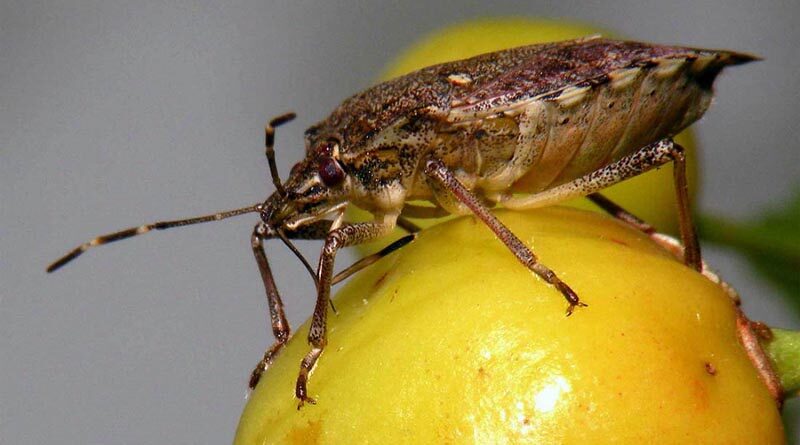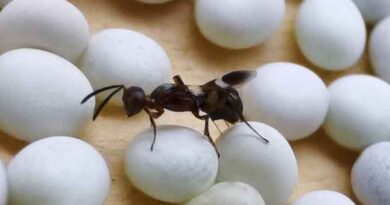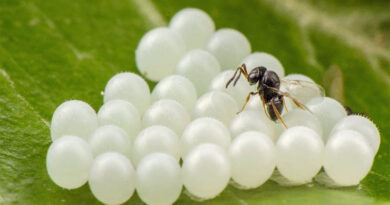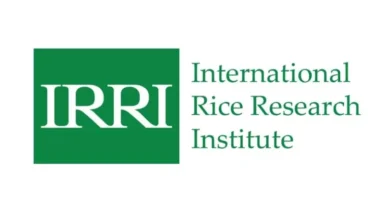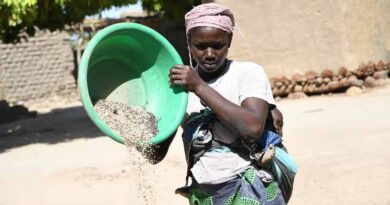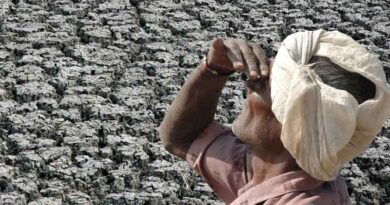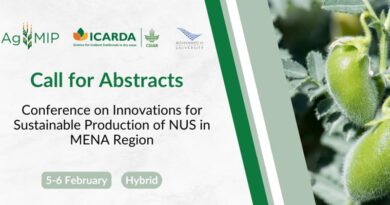New CABI-led study examines relationship between two natural enemies of brown marmorated stink bug pest
25 January 2022, USA: A new CABI-led study has examined the relationship between two closely-related natural enemies of the brown marmorated stink bug in respect of how they interact when trying to attack the fruit and nut pest’s egg masses.
The brown marmorated stink bug is a global pest which in 2016 caused $60m worth of damage to Georgia’s hazelnut (a third of its crop) and in 2010, $37m worth of apples were destroyed in parts of the USA.
Also Read: Certis biologicals names Dr. Holly davis field development manager in southern central USA
Dr Tim Haye, an expert on the brown marmorated stink bug (Halyomorpha halys) based at CABI’s centre in Switzerland, teamed up with researchers from the MARA-CABI Joint Laboratory for Bio-safety and Agriculture and Agri-Food Canada, to understand how competition between two scelionid parasitoids on the stink bug’s eggs may provide insight into how they may coexist to fight the devastating crop pest.
Leading the fight
CABI is leading the fight to see if the Asian Samurai Wasp (Trissolcus japonicus) can be used as a natural enemy to control the pest. The latest research, published in the journal Ecology and Evolution, examined larval and adult competition between two Asian natural enemies of the pest, Trissolcus japonicus and T. cultratus (Hymenoptera: Scelionidae) associated and coevolved with the brown marmorated stink bug in its native range.
Competition of the two species was assessed by providing parasitized egg masses to each species at various intervals post-parasitism, and measuring host acceptance, developmental suitability, and guarding behaviour.
Dr Haye, and colleagues Dr Jinping Zhang, MSc Marion Risse and Dr Tara Gariepy, found that adult Samurai Wasp showed high acceptance of parasitized eggs up to 72 hours following oviposition (the process of laying eggs) by T. cultratus, despite a very poor developmental outcome.
T. cultratus generally avoided oviposition
In contrast, the scientists found, T. cultratus generally avoided oviposition in H. halys eggs containing early-instar larvae of Samurai Wasps but did not avoid parasitizing in eggs that contained eggs and third instar larvae wasp.
Trissolcus cultratus on brown marmorated sting bug egg mass (Credit: CABI).
The researchers argue that the adaptive value of this behaviour was supported by the developmental outcome of larval competition inside eggs that had been parasitized by both species. T. cultratus outcompeted Samurai Wasp eggs but not early-instar larvae, and a trophic shift occurred wherein T. cultratus developed as a facultative hyperparasitoid (thereby demonstrating extreme survival behaviour) on third instar larvae of the Samurai Wasp larvae. This ability to develop as a facultative hyperparasitoid provides a competitive niche for Asian T. cultratus and confirms its competitive superiority in the larval stage. This also occurs, the researchers say, in a biologically distinct European population of T. cultratus, suggesting that facultative hyperparasitism as a competitive strategy is retained in geographically separated populations that have not coevolved with the brown marmorated stink bug or the Asian Samurai Wasp.
Superior competitor in the adult stage
In contrast, T. japonicus – being a poor competitor in the larval stage – was a superior competitor in the adult stage, and accordingly females invested more resources in guarding egg masses parasitized by themselves (8–12 times longer than T. cultratus) and more aggressive attempts to oviposit egg mass guarded by their competitors.
The new study is a unique example for counterbalance competition, wherein coexistence is possible if an inferior larval competitor evolves superior host exploitation abilities as an adult.

